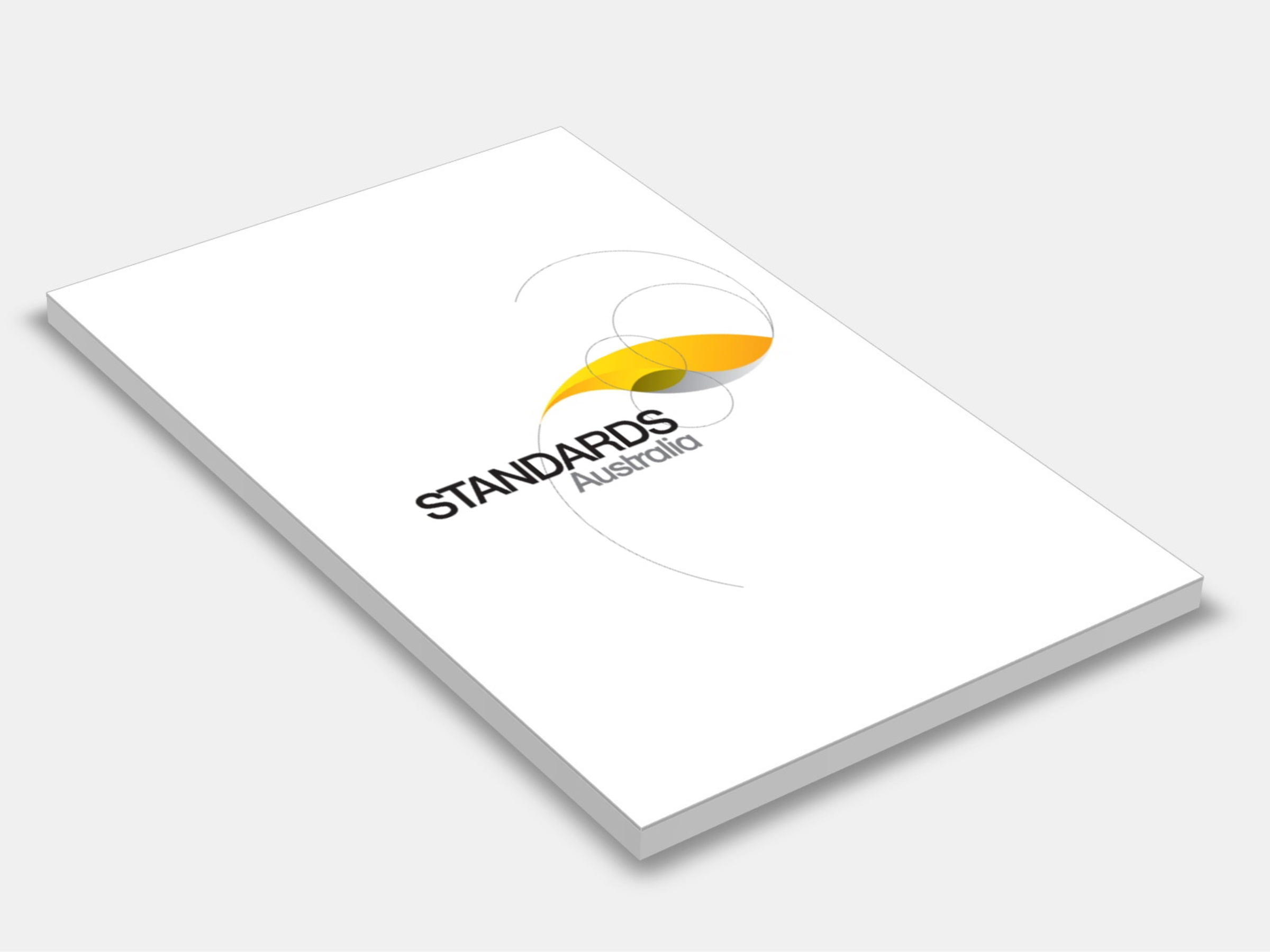
Type
Publisher
Standards Australia/Standards New Zealand
Publisher
Standards Australia/Standards New Zealand
Version:
Sixth Edition 2018.
(Current)
Short Description
Specifies safety requirements for electrical installations in areas where it is intended that low-voltage medical electrical equipment will be used on a patient; it applies to new electrical installations and to alterations, additions and repairs of existing electrical installations.
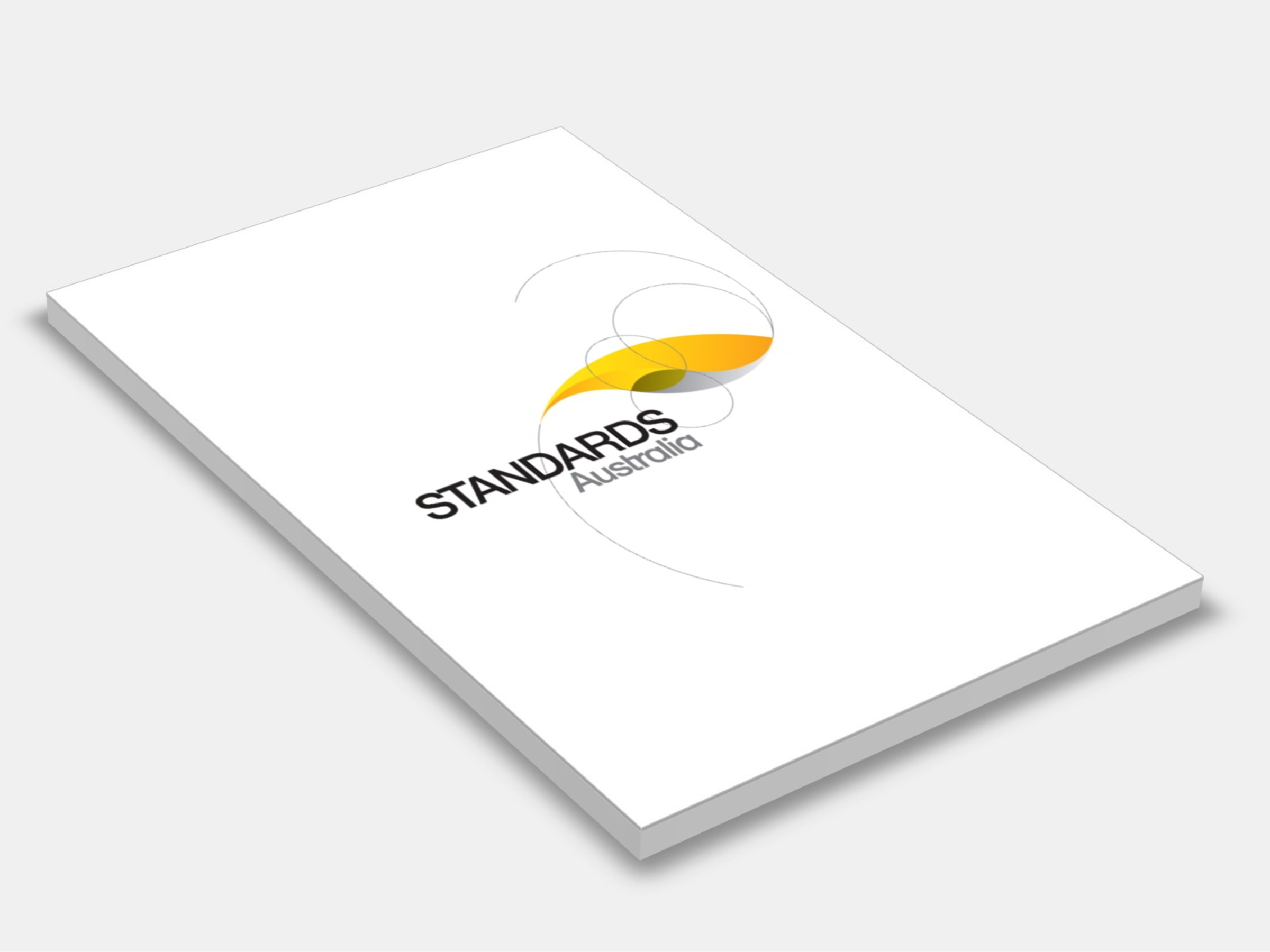
Type
Publisher
Standards Australia/Standards New Zealand
Publisher
Standards Australia/Standards New Zealand
Version:
Third Edition 2021.
(Current)
Short Description
Sets out requirements for the supply of electricity to power consuming devices for shows, carnivals and events, public events and limited duration private domestic or private corporate events where attendance is expected to be in excess of 30 people or when staff are employed for the event.

Type
Publisher
Standards Australia/Standards New Zealand
Publisher
Standards Australia/Standards New Zealand
Version:
Second Edition 2017.
(Current)
Short Description
Specifies requirements for minimum safety requirements related to the use of generating sets for the supply of electricity at voltages normally exceeding 50 V a.c. or 120 V d.c.

Type
Publisher
Standards Australia/Standards New Zealand
Publisher
Standards Australia/Standards New Zealand
Version:
Second Edition 2009.
(Current)
Short Description
Sets out the minimum requirements for electric lighting systems within publicly accessible areas of buildings to provide visual conditions that facilitate the safe movement of people in the normal use of the building.
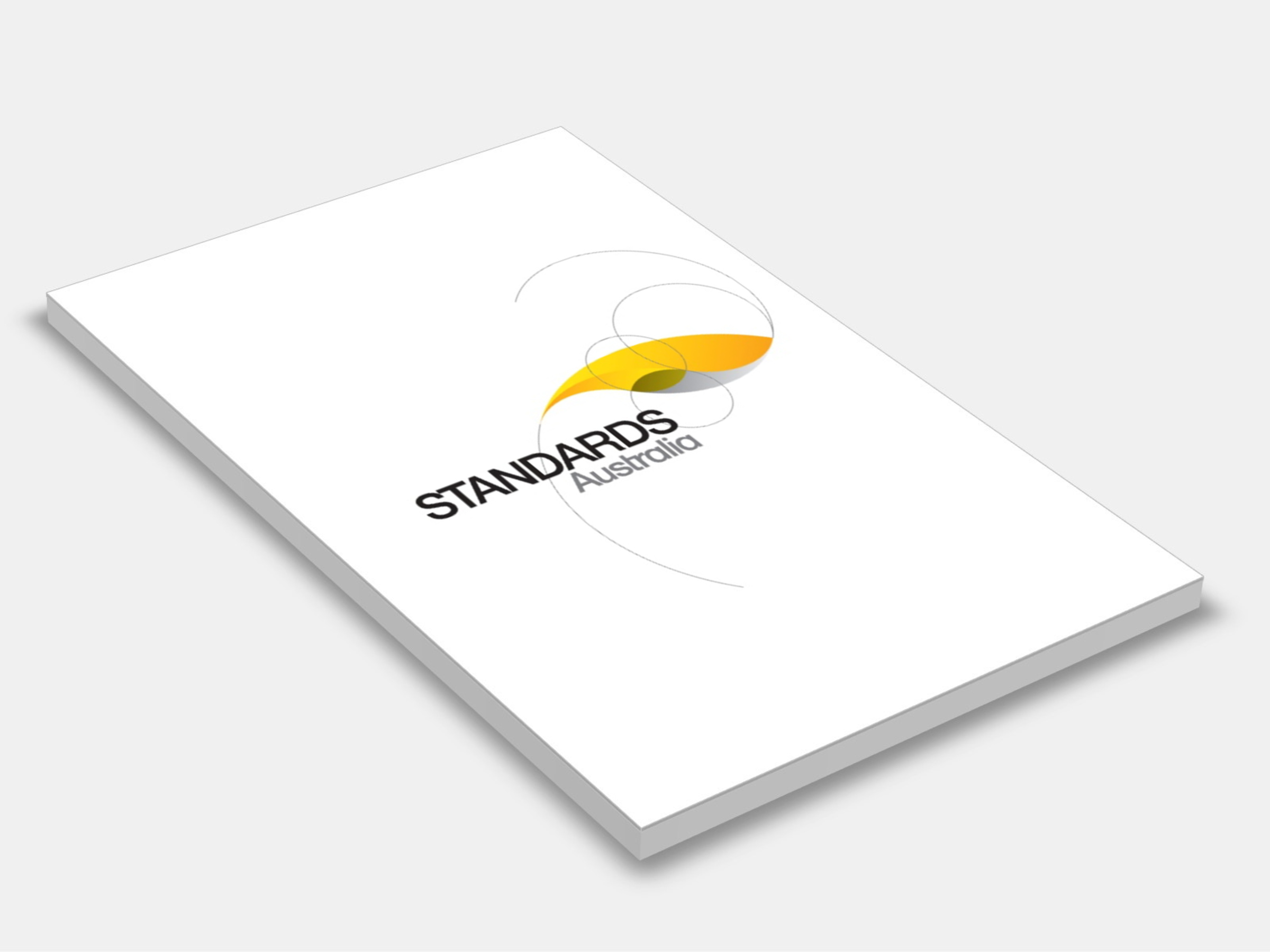
Type
Publisher
Standards Australia
Publisher
Standards Australia
Version:
Sixth Edition 2021.
(Current)
Short Description
Specifies requirements for the design, installation, maintenance and testing of lightning protection on common structures, and for electrical and electronic systems within those structures for the protection of people and property from the hazards of lightning.
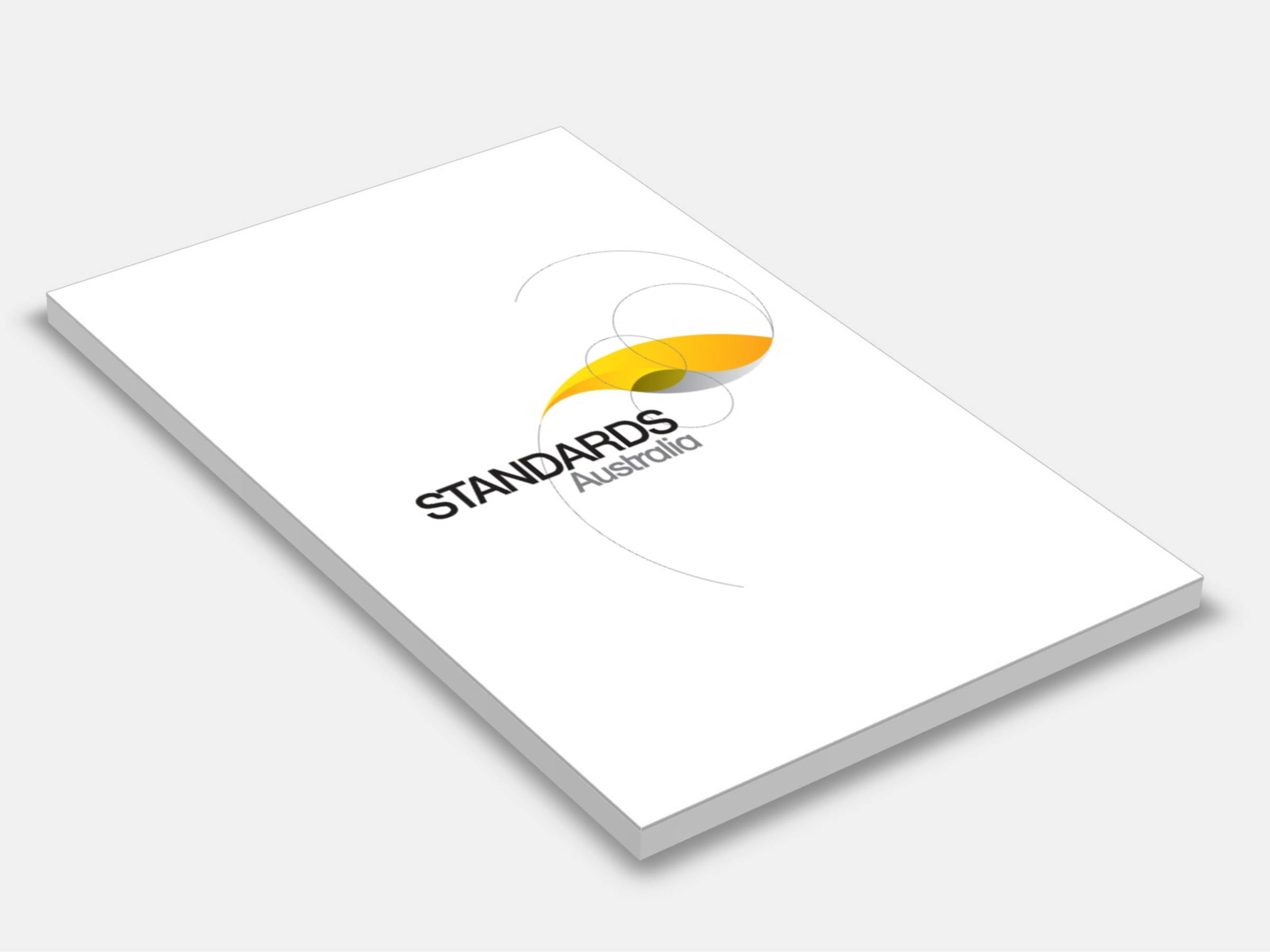
Type
Publisher
Standards Australia/Standards New Zealand
Publisher
Standards Australia/Standards New Zealand
Version:
First Edition 2022.
(Current)
Short Description
Specifies requirements for electrical installations associated with connectable electrical installations used for the purposes of accommodation, habitation or other residential, commercial purposes or recreational uses that are intended for connection to external low voltage a.c. supply systems (i.e. 50 V a.c. to 1000 V a.c.) by either a detachable supply lead or a supply lead directly connected to the connectable electrical installation; includes requirements and provides guidance for the installation of extra-low voltage systems (i.e. less than 50 V a.c. or 120 V d.c. ripple free).
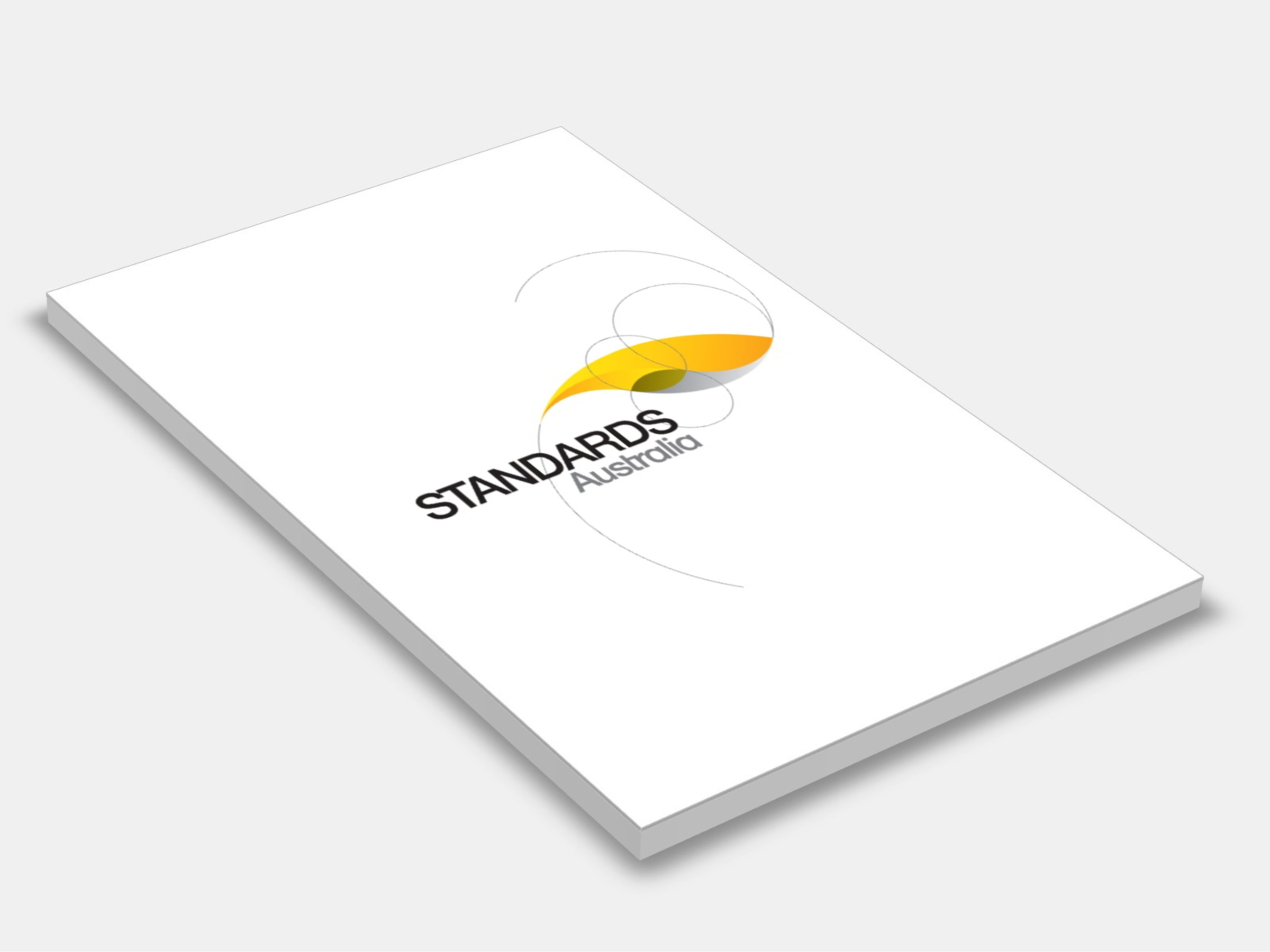
Type
Publisher
Standards Australia/Standards New Zealand
Publisher
Standards Australia/Standards New Zealand
Version:
Third Edition 2018.
(Current)
Short Description
AS NZS 3000 2018 (known as the Australian/New Zealand Wiring Rules) specifies requirements for the design, construction and verification of electrical installations, including the selection and installation of electrical equipment forming part of such electrical installations; part 1 provides provisions that constitute the minimum regulatory requirements for a safe electrical installation; part 2 provides work methods and installation practices that are ‘deemed to comply’ with the requirements of Part 1.

Type
Publisher
Standards Australia/Standards New Zealand
Publisher
Standards Australia/Standards New Zealand
Version:
First Edition 2022.
(Current)
Short Description
Sets out requirements for electrical installations associated with site supplies for connectable electrical installations that are intended for connection to low voltage a.c. supply systems (i.e. exceeding 50 V a.c. but not exceeding 1 000 V a.c.).
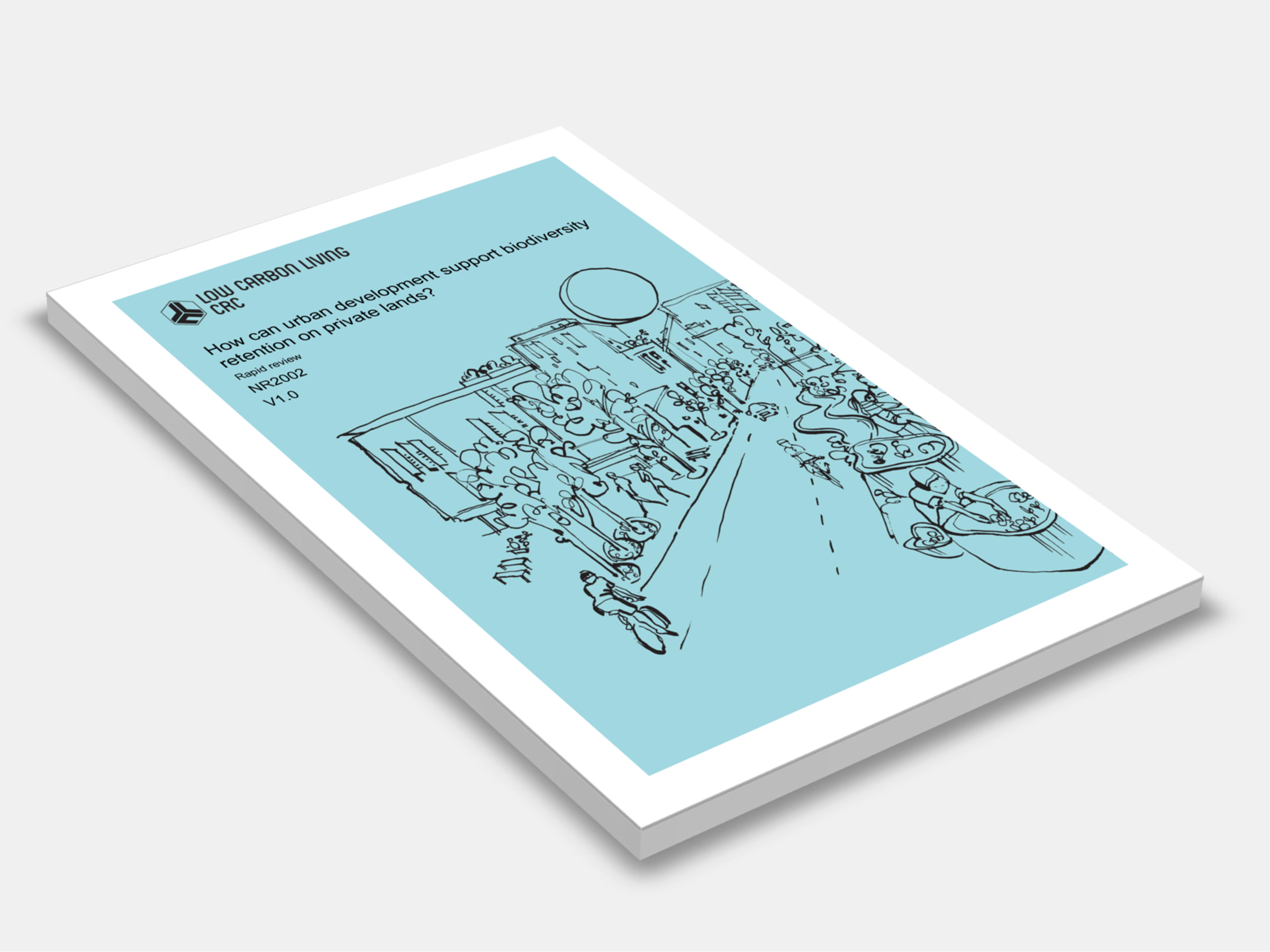
Type
Publisher
Australian Government
Publisher
Australian Government
Version:
2020
(Current)
Short Description
The objective of this rapid review is to locate and summarise published peer-reviewed review papers, where possible, relating to the retention of biodiversity on private land in urban areas; the main question that this rapid review answers is “How can urban development support biodiversity retention on private lands?”
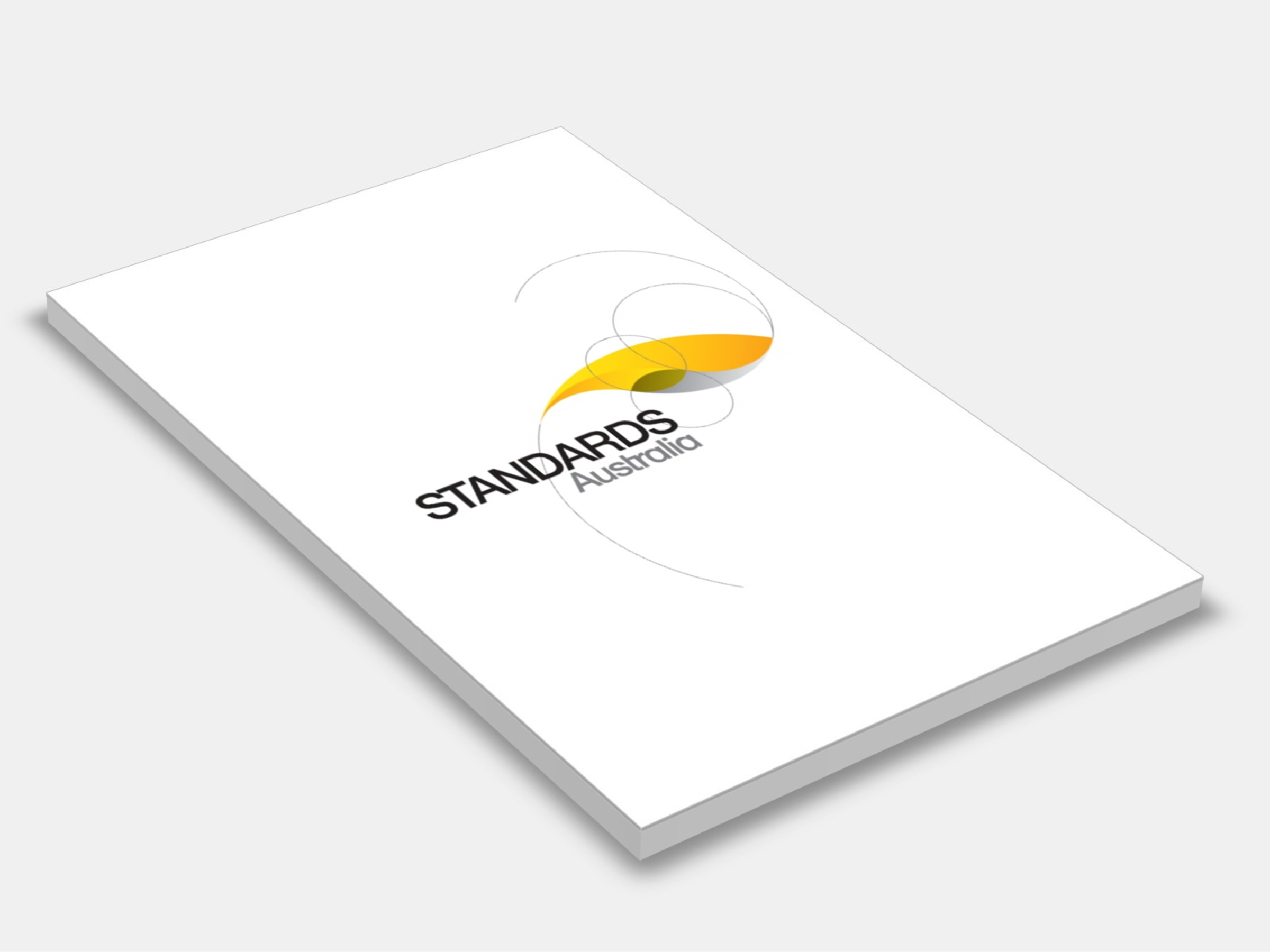
Type
Publisher
Standards Australia/Standards New Zealand
Publisher
Standards Australia/Standards New Zealand
Version:
Second Edition 2014.
(Pending Revision)
Short Description
Specifies requirements for the design, construction and installation of electrical systems in boats that have a length of up to 50 m, and are designed for use on inland waters or at sea.